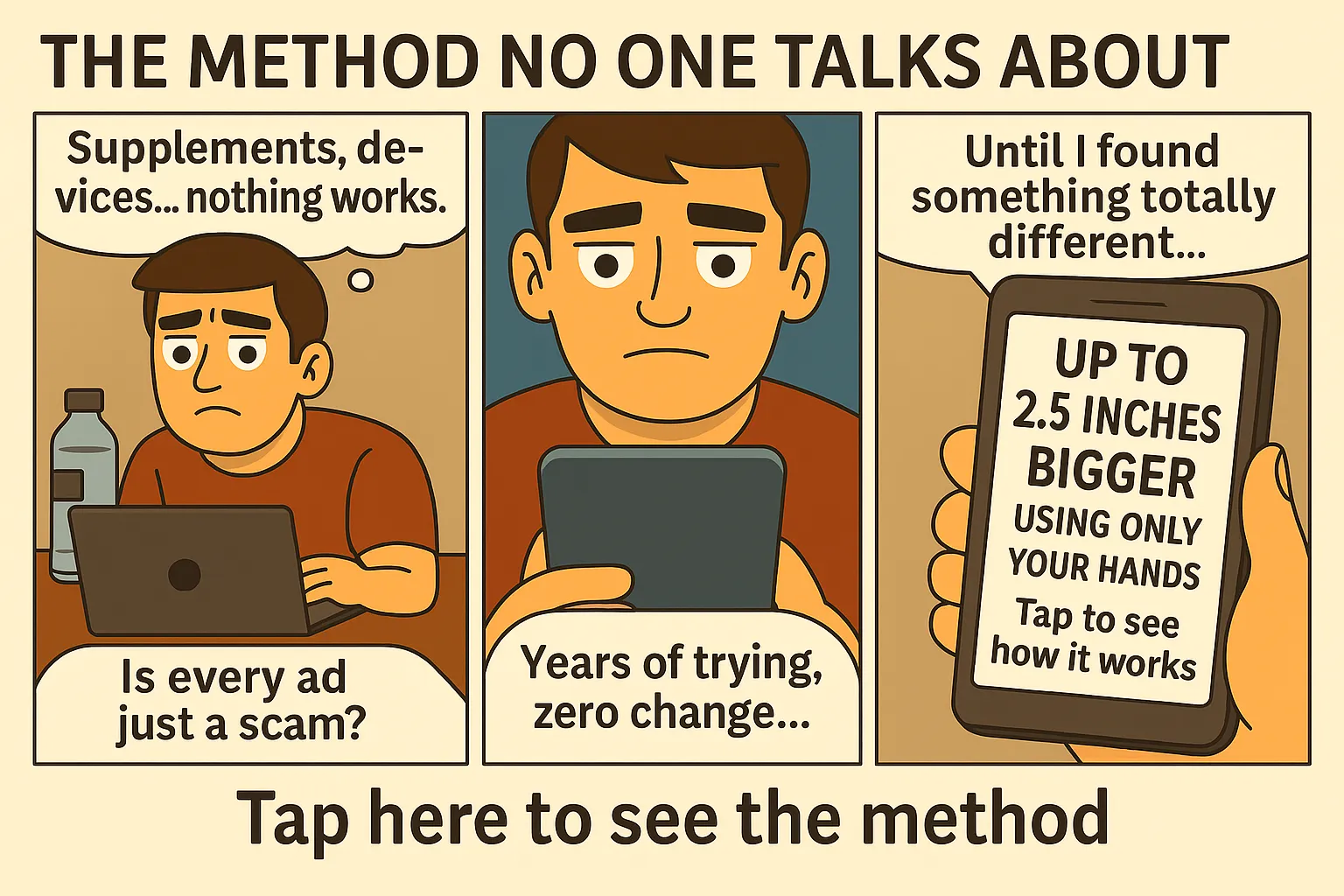How Mold Quietly Wipes Out Testosterone (And What You Can Do) ☣️
☣️ Mold-Free vs. Mold-Exposed: Hormonal Effects
| Indicator | Mold Exposure | Mold-Free Environment |
|---|---|---|
| Testosterone | Suppressed | Stable, high output |
| Energy | Crashes daily | Consistent |
| Libido | Minimal to none | Strong and consistent |
| Recovery | Slow, poor sleep | Deep, regenerative |
| Mood | Anxious, depressed | Confident, calm |
Feeling tired, foggy, low libido — despite doing everything right? The problem might be growing silently behind your walls. Mold exposure is a little-known hormone disruptor that attacks testosterone production at the root. This isn’t just about allergies — it’s biochemical sabotage.
How Mold Wreaks Havoc on Male Hormones
Mycotoxins produced by mold interfere with your endocrine system. These toxins affect the hypothalamic-pituitary-gonadal (HPG) axis, which is responsible for testosterone production. The result? Suppressed testicular function, low energy, poor sleep, and sexual dysfunction.
Symptoms of Mold-Induced Hormone Imbalance
- Unexplained fatigue despite good sleep
- Low libido and erectile issues
- Brain fog, irritability, or depression
- Increased body fat or gynecomastia
- Allergies, sinus pressure, and chronic congestion
What Science Says About Mold and Testosterone
Animal studies show that mycotoxins like ochratoxin A reduce testosterone levels and damage Leydig cells — the cells in your testes that make T. Human research also connects mold exposure to endocrine disruption and inflammatory responses that indirectly suppress hormone function.
Cold Showers, Recovery, and Mold Detox
Cold exposure activates the lymphatic system and improves blood flow, supporting the body’s natural detox pathways. Learn more in our article on cold showers and brain benefits.
The Mold Problem Might Be in Your Bedroom
Leaky windows, humidifiers, old mattresses, and poor ventilation turn your bedroom into a mold trap. This compromises your sleep and poisons your hormonal environment. Combine that with light pollution and you’ve got the perfect storm. See how dark room sleep improves hormone recovery.
Want to Fix the Root Problem?
If you’re eating clean, training hard, and still feel weak or unmotivated, it’s time to inspect your environment. And if you want the complete blueprint to size, stamina, and sexual domination — unlock the protocol now.
How Mold Exposure Disrupts the HPG Axis
Your hormonal command center — the hypothalamus, pituitary gland, and testes — operates on signals and feedback loops. Mycotoxins distort these signals, causing your body to misfire. Instead of producing testosterone, the system goes into stress mode — pumping out cortisol and inflammatory cytokines.
These interruptions block luteinizing hormone (LH) and follicle-stimulating hormone (FSH), which are crucial for stimulating testosterone production. Without them firing correctly, your T levels flatline — no matter how clean your diet or intense your workouts are.
Why Mold Exposure Is So Common (and Overlooked)
You don’t need to see mold for it to affect you. Hidden mold often lurks inside drywall, air ducts, carpet pads, and old wood framing. Most men write off their symptoms as “stress” or “overtraining” — when in fact they’re being poisoned at home or work.
How Mold Mimics Estrogen and Wrecks Masculinity
Some mold toxins have estrogenic properties. That means your body not only loses testosterone, but simultaneously absorbs xenoestrogens — leading to fat gain, mood swings, and feminized traits. Gynecomastia (man boobs), stubborn belly fat, and emotional instability often trace back to chronic mold exposure.
Signs You’re Dealing with Hormone-Destroying Mold
If these symptoms sound familiar, don’t ignore them:
- Afternoon crashes despite good sleep
- Night sweats and light sleep
- Sensitive to smells, lights, or foods
- Unmotivated or emotionally flat
- Sexual apathy or inconsistent erections
- Dry eyes, sinuses, or constant inflammation
Common Mold Hotspots at Home
- Behind wallpaper or drywall near water lines
- HVAC systems and old ducts
- Under carpets in humid areas
- Inside bathrooms with poor ventilation
- Behind fridges or dishwashers with leaks
- On window frames with condensation
The Testosterone Recovery Stack (If You’ve Been Exposed)
1. Remove the source: Mold remediation or relocating temporarily is crucial.
2. Support detox: Glutathione, activated charcoal, NAC, and sauna exposure help remove toxins.
3. Rebuild hormones: Nutrients like vitamin D, zinc, magnesium, and boron assist testosterone recovery.
4. Optimize sleep: Sleep in darkness, reduce EMFs, and restore circadian rhythm. Learn more in our dark room and hormone guide.
Mold vs. Testosterone Nutrients
You can be taking all the right testosterone nutrients, but if you’re living in mold — you’re stuck in neutral. That’s why removing environmental stressors must come before expecting results from nutrition, supplements, or even TRT. For a list of top nutrients, visit our testosterone nutrient guide.
What the Research Says About Mold and Hormonal Health
A 2003 study in the journal “Toxicology” found that rats exposed to trichothecene mycotoxins had significantly reduced serum testosterone levels and impaired sperm production. Other research has shown chronic mold exposure leads to mitochondrial dysfunction — reducing the cellular energy needed to produce hormones like testosterone and DHEA.
Even low levels of exposure over time are enough to cause fatigue, mood swings, and sexual dysfunction. Most medical doctors miss this because standard bloodwork doesn’t test for mold-related biomarkers like MSH, C4a, or VIP.
How to Test If Mold Is Lowering Your T
Don’t guess. Order a urine mycotoxin test (like from RealTime Labs or Great Plains). You can also run bloodwork for testosterone, cortisol, estradiol, and inflammatory markers. If testosterone is low and inflammation markers are high despite a good lifestyle, suspect environmental factors — especially mold.
The Mold-Testosterone Double Trap
Mold doesn’t just block testosterone — it sets off a stress loop that keeps your body in catabolic mode. High cortisol + low T = low muscle mass, low libido, high fat gain, and depressed mood. Breaking that loop requires removing mold AND restoring hormonal signaling through sleep, nutrients, and recovery.
Day-by-Day Plan to Clean Up and Rebuild
- Day 1–3: Inspect home, use mold test kits, and reduce humidity levels
- Day 4–7: Start sauna sessions or hot baths, take activated charcoal and NAC
- Week 2: Deep clean HVAC filters, remove rugs and porous materials
- Week 3–4: Add zinc, magnesium, boron, and vitamin D3 supplements to boost hormone restoration
Cold Exposure and Hormone Rebalancing
Cold showers or ice baths improve circulation, reduce inflammation, and support detoxification. This accelerates recovery from mold damage. Explore its full impact in our article on cold showers and brain benefits.
Why Standard Doctors Miss This Diagnosis
Most conventional doctors never ask about your home environment. They might prescribe antidepressants or ED meds without addressing the real root: toxin overload. Functional medicine and environmental health experts understand how mold suppresses testosterone and ruins quality of life.
Long-Term Effects of Ignoring Mold
Over time, mold exposure contributes to hypogonadism, thyroid dysfunction, infertility, insulin resistance, and even neurological issues like memory loss or anxiety. It’s not just about feeling tired — it’s about your identity as a man slowly being drained without explanation.
Complete Hormone Recovery Routine After Mold Exposure
Rebuilding testosterone after mold isn’t just about detox. It’s a full reset. Here’s how:
- ✅ Sleep 8–9 hours in total darkness
- ✅ Use binder supplements like bentonite clay and activated charcoal
- ✅ Consume liver, oysters, eggs, and cruciferous vegetables for hormonal nutrients
- ✅ Train with moderate intensity — don’t overdo cardio
- ✅ Spend time outdoors in sunlight daily
- ✅ Use red light therapy or infrared sauna if available
Common Myths About Mold and Hormones
- Myth: Mold only affects people with allergies
- Truth: Mycotoxins affect hormones, brain, and metabolism — even without allergy symptoms
- Myth: You can clean mold with bleach
- Truth: Bleach only kills surface mold; hidden spores and mycotoxins remain
- Myth: Testosterone will bounce back on its own
- Truth: Without addressing toxins and inflammation, T levels stay suppressed
Environmental Checklist for Hormone-Proof Living
- Check for musty smells in closets and under sinks
- Keep humidity below 50%
- Use air purifiers with HEPA and carbon filters
- Ventilate your bathroom and kitchen after use
- Avoid indoor plants in poorly lit or damp rooms
- Inspect mattresses, old books, and stored fabrics
Final Words
If you’ve cleaned up your diet, trained hard, and still feel stuck — mold might be the missing link. It destroys your hormones silently and keeps you average no matter how hard you push. But when you detox, rebuild, and restore, you unlock strength, energy, and confidence most men only dream of.
FAQ: Mold and Testosterone
Q: Can mold exposure really lower testosterone?
A: Yes. Mycotoxins interfere with hormone signaling and suppress testosterone production via stress and inflammation.
Q: How fast can I recover after removing mold?
A: Many men see improvements in energy, libido, and focus within weeks. Full hormonal recovery may take 1–3 months depending on exposure level and recovery habits.
Q: Can I detox mold naturally?
A: Yes — using binders like activated charcoal, infrared saunas, and nutrient-rich foods to support liver and lymphatic detoxification.
Q: Will testosterone boosters work if I have mold exposure?
A: Likely not. Until you remove mold and reduce inflammation, most testosterone supplements will have minimal effect.
Exposed vs. Non-Exposed Men: What Changes?
Men exposed to mold show lower testosterone, slower reaction times, disrupted sleep, higher estrogen, and more body fat. Non-exposed men — living in clean, dry, well-ventilated spaces — report better energy, sharper thinking, and consistent morning wood.
The difference isn’t subtle. It’s hormonal warfare happening behind the scenes — and you either fight back or fall behind.
❓ Hormonal Recovery from Mold: FAQ
Q: What’s the fastest way to recover testosterone after mold exposure?
A: Eliminate mold exposure completely, detox with binders and sauna, then support hormone production through sleep, fats, and key nutrients.
Q: Can black mold cause erectile dysfunction?
A: Yes. Mycotoxins from mold can alter neurotransmitters, suppress testosterone, and inflame vascular tissue — all linked to poor sexual performance.
 Mold Is Killing Your Testosterone — Here’s How to Fight Back – strength and sexual wellness theme – via supremepenis.com
Mold Is Killing Your Testosterone — Here’s How to Fight Back – strength and sexual wellness theme – via supremepenis.com







